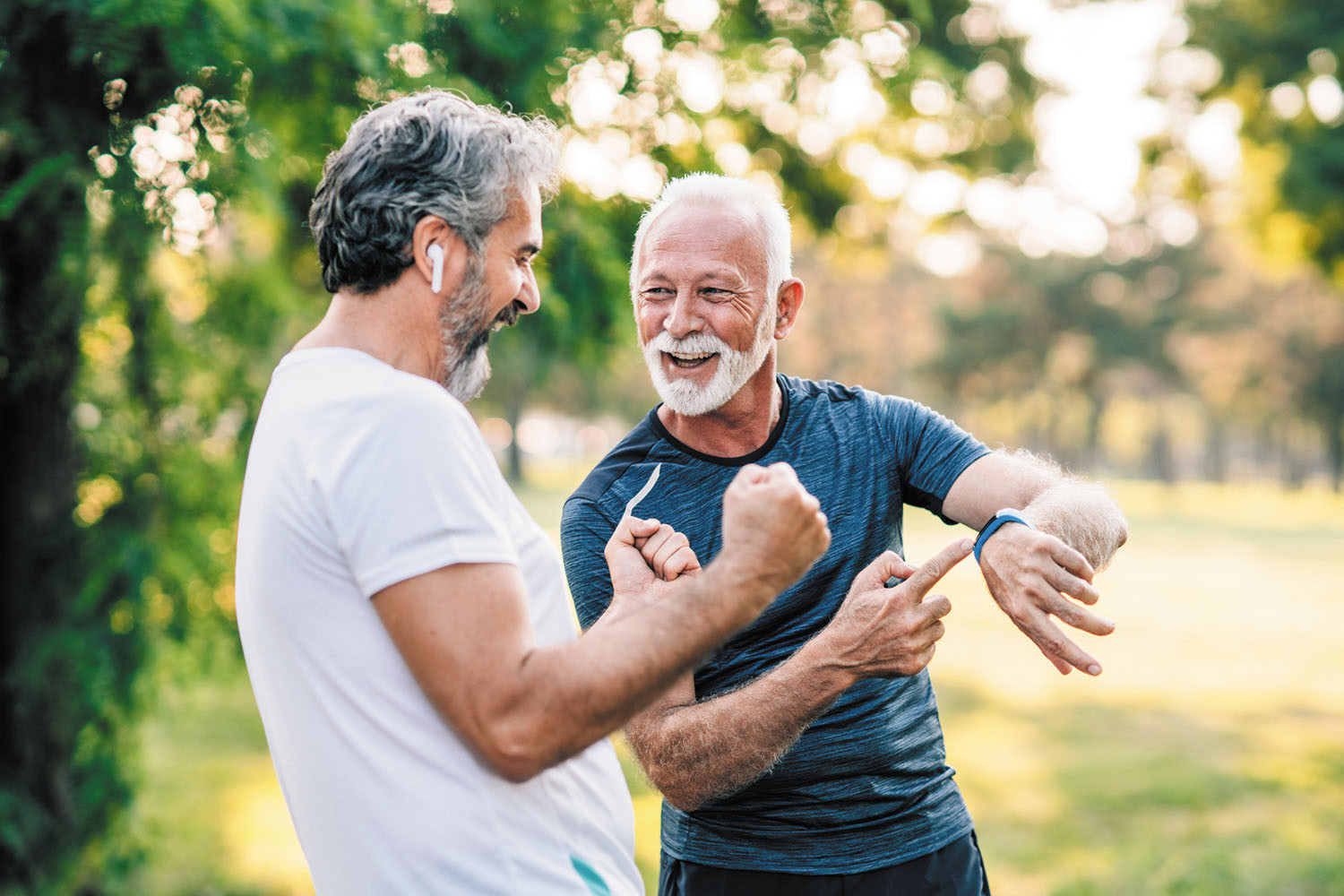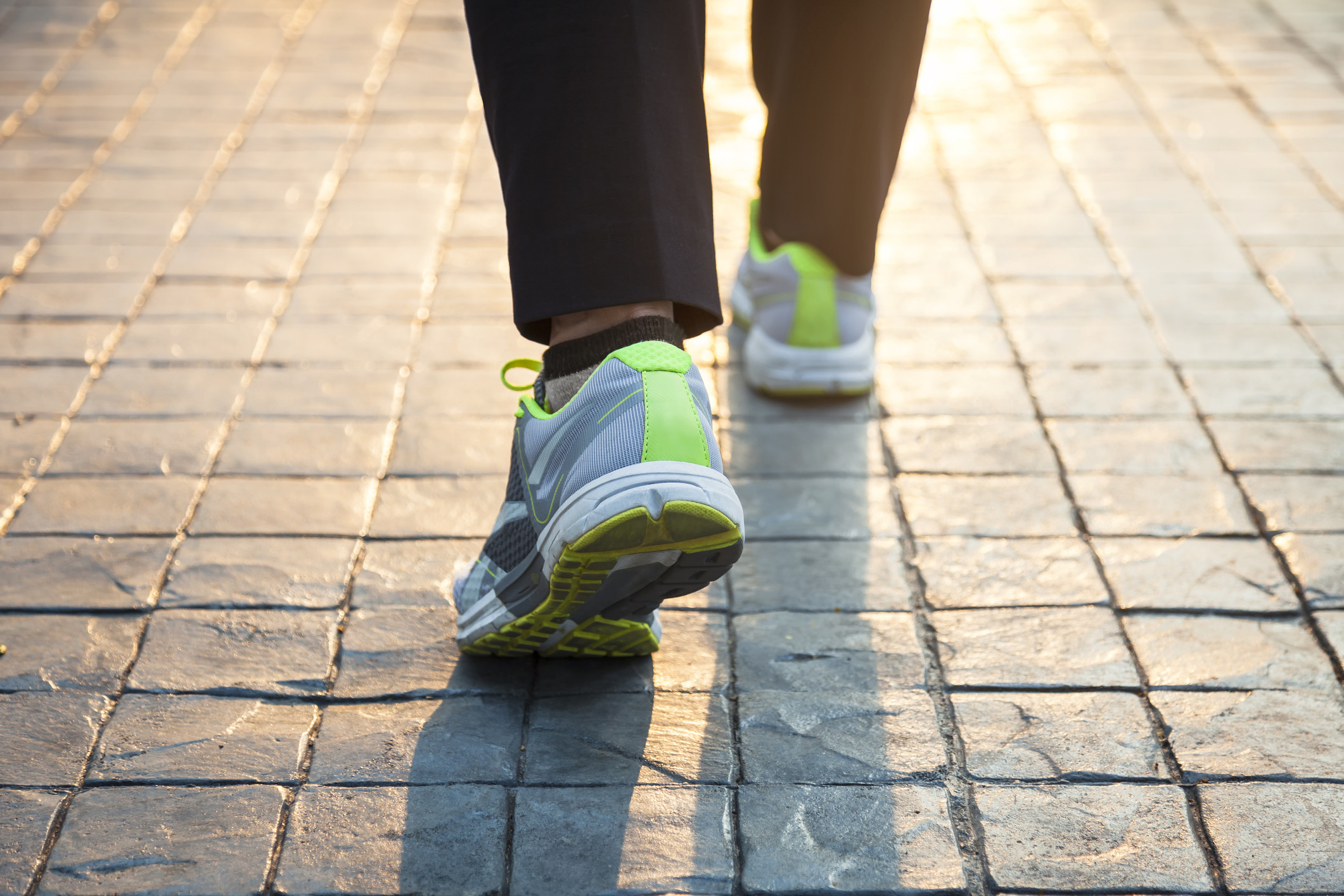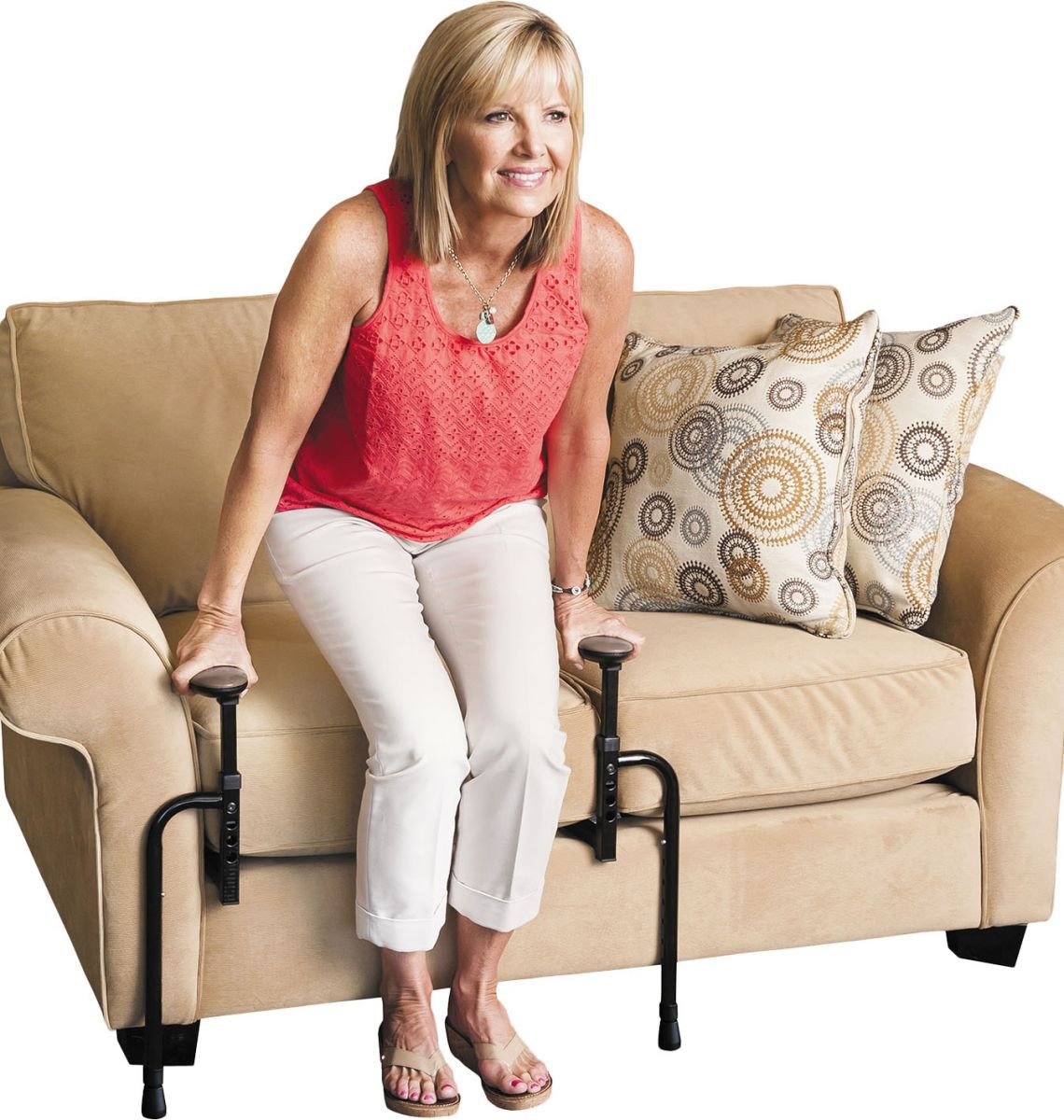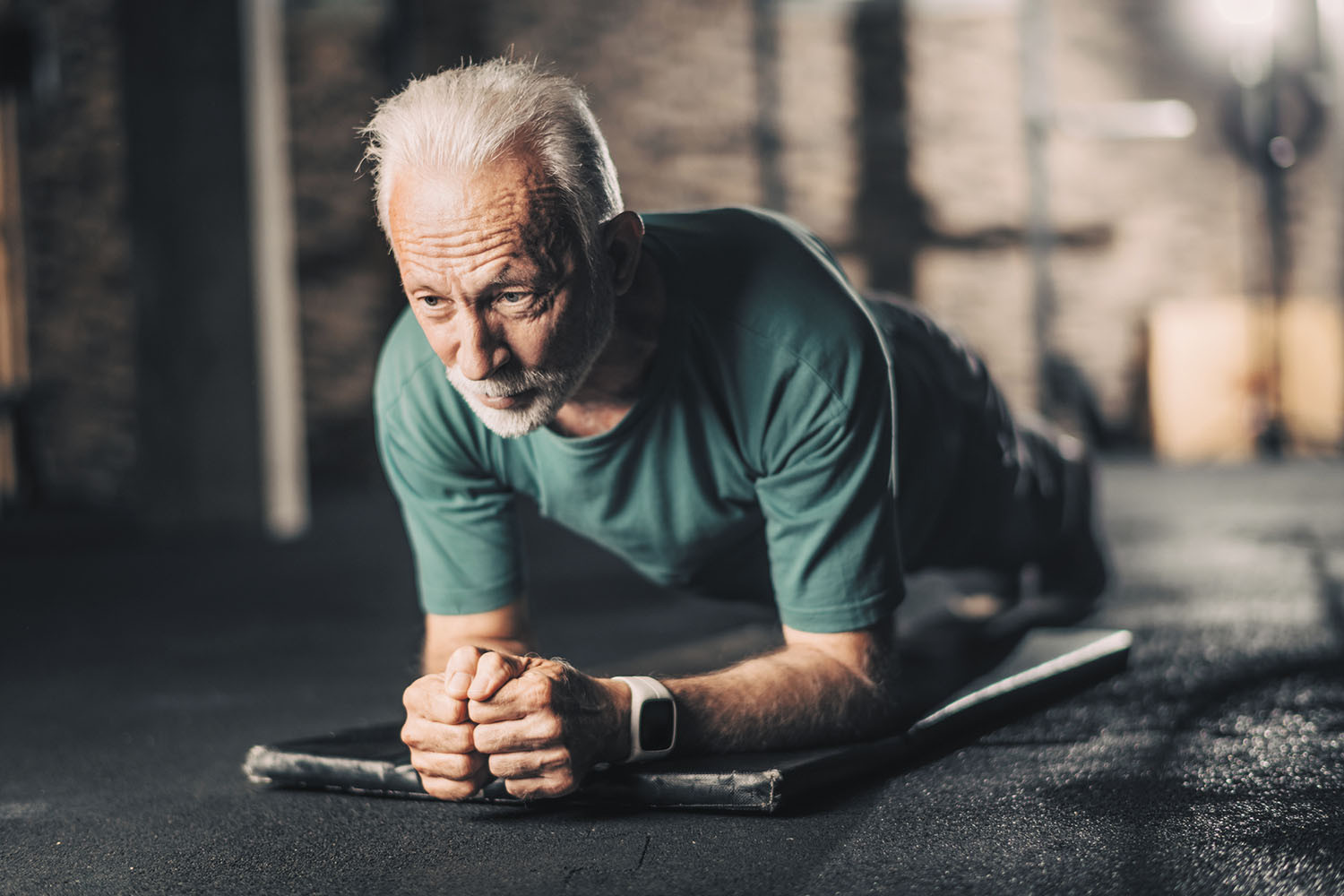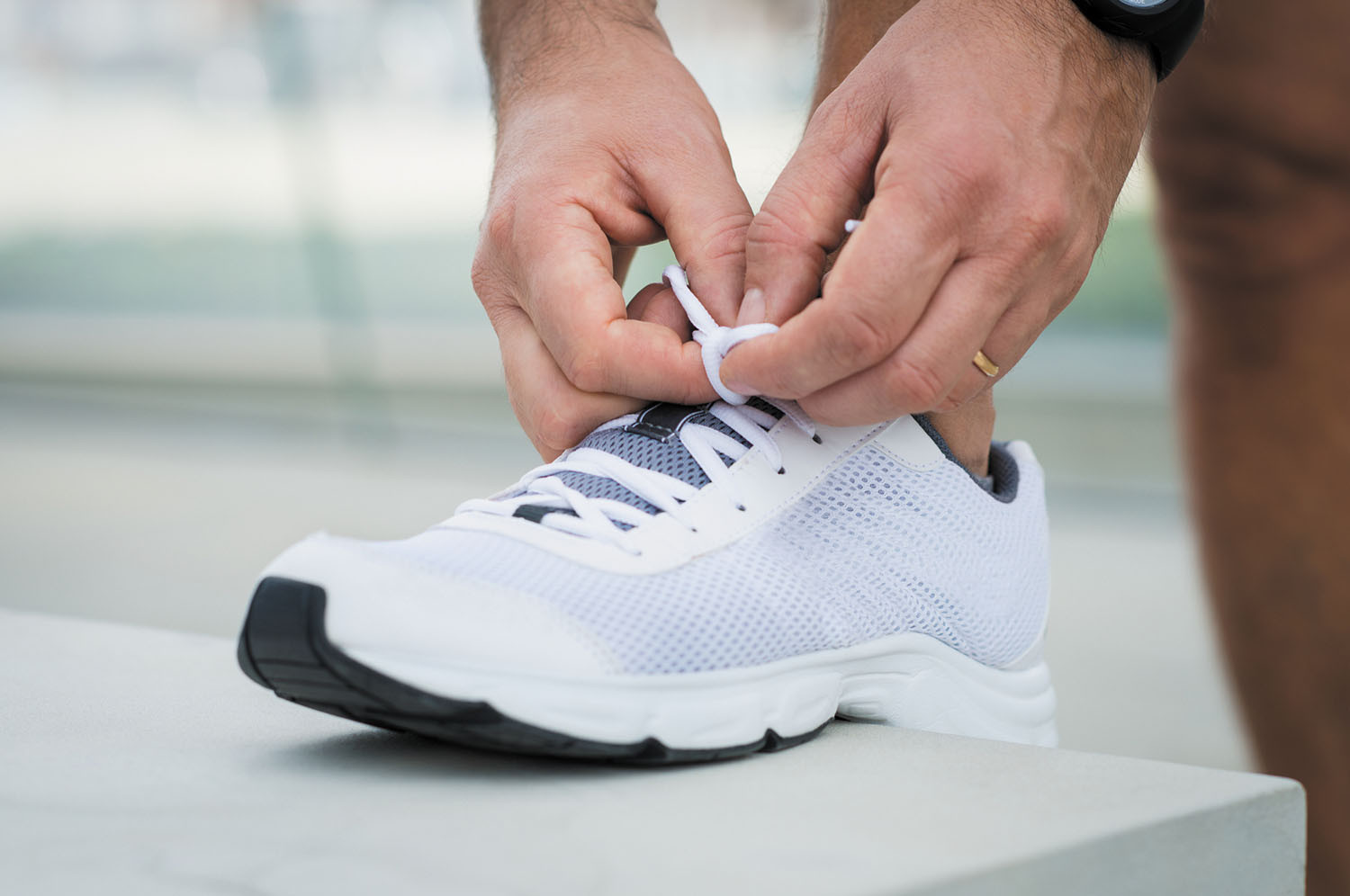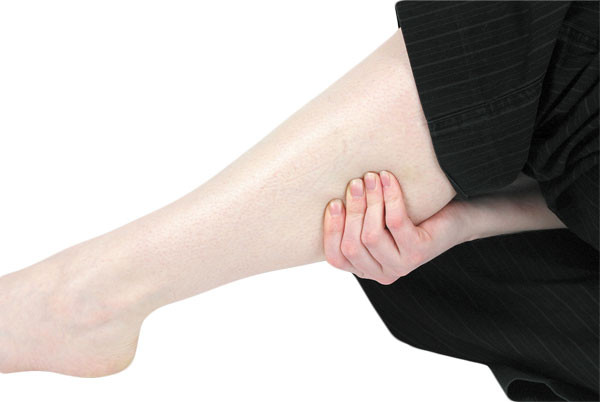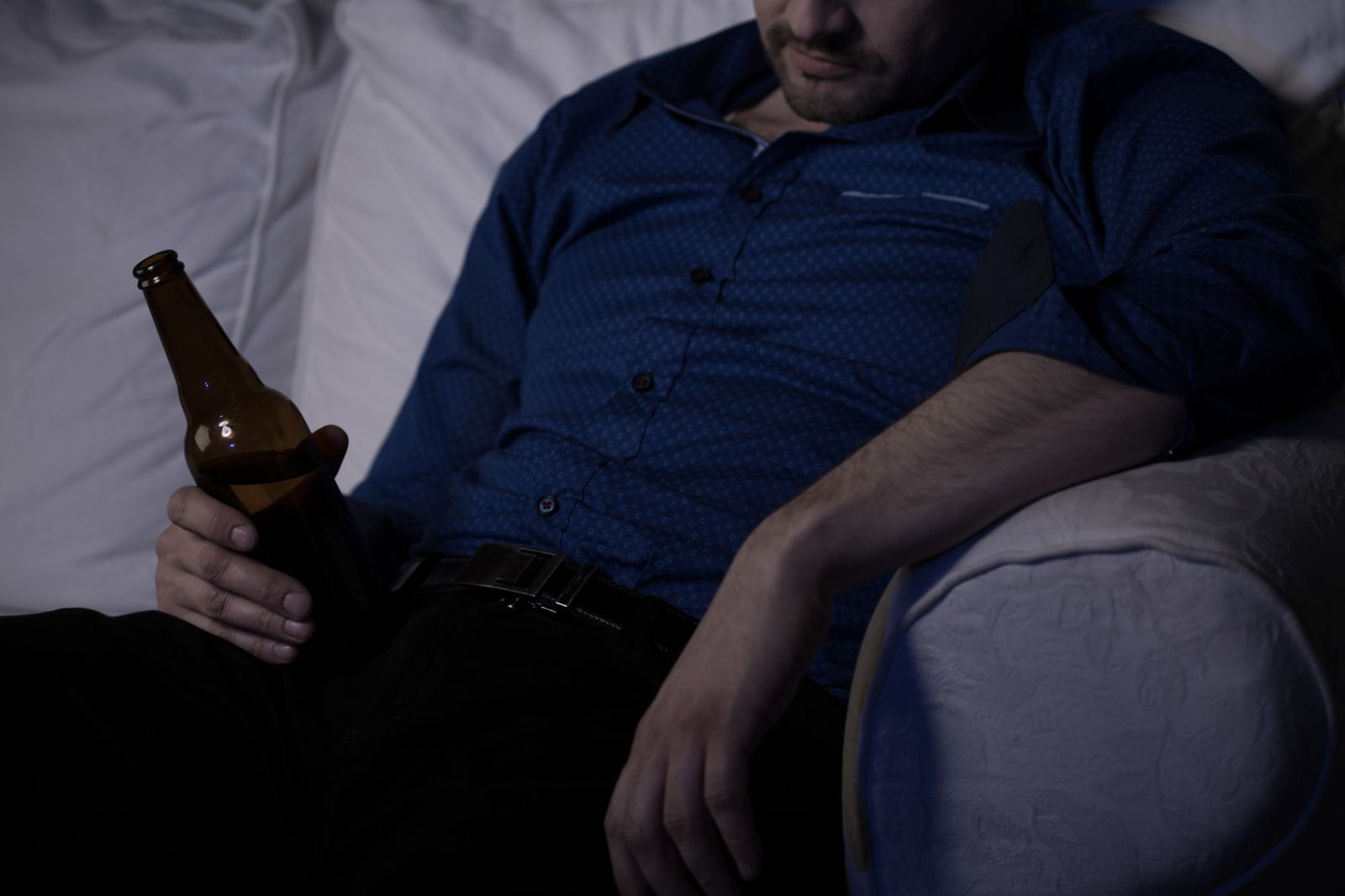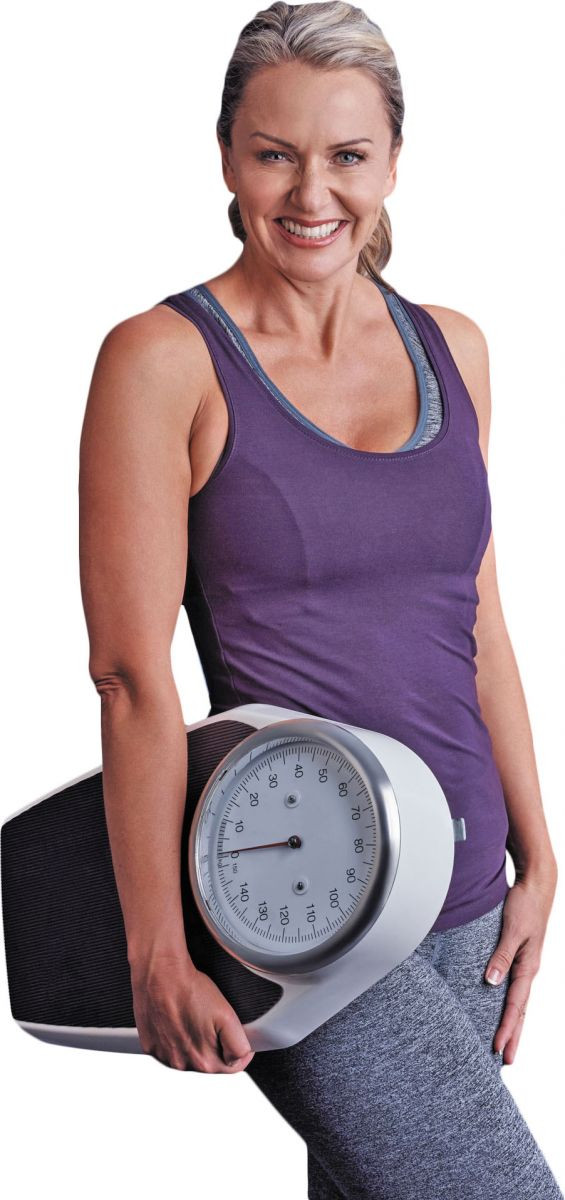
5 timeless habits for better health

What are the symptoms of prostate cancer?

Is your breakfast cereal healthy?

When pain signals an emergency: Symptoms you should never ignore

Does exercise give you energy?

Acupuncture for pain relief: How it works and what to expect

How to avoid jet lag: Tips for staying alert when you travel

Biofeedback therapy: How it works and how it can help relieve pain

Best vitamins and minerals for energy

Should you take probiotics with antibiotics?
Exercise & Fitness Archive
Articles
Counting daily steps can make you more active
In the journals
People who track their daily steps generally become more active and are less likely to develop certain health problems, suggests a study published online June 25, 2019, by PLOS Medicine. Researchers examined information on about 1,300 adults (41% men), ages 45 to 75, from two trials. Most were nonsmokers in good health and without cardiovascular disease. The people took an average of 7,500 steps a day and did about 90 minutes a week of moderate-to-vigorous physical activity.
For the trials, half the participants tracked their steps with a pedometer for 12 weeks while the others did not. The pedometer group also received handbooks on walking programs and regular interactions with nurses who offered support and helped them set fitness goals. Some continued to track their daily steps after the trials ended, while others said the experience helped them better gauge how many steps they take each day.
Leg pain when you walk? Don’t ignore it
Leg pain when walking that eases with rest may be a sign of peripheral artery disease, which raises risk for other cardiovascular problems. Lifestyle changes — keep walking! — and treatment help.
5 tools to help you stand up on your own
Protect your independence with gadgets for your home or car.
The simple act of standing up from a sitting position is one of the most important for independence, especially in the bathroom. But the ability to get up sometimes goes south as we age. It could be because of a medical problem or just too much sitting. "When you sit and bend your knee, the gluteal muscles in the buttocks and the quadriceps in the thighs are lengthened. If you sit all the time, the muscles become overstretched and weak," says Clare Safran-Norton, clinical supervisor of rehabilitation services at Harvard-affiliated Brigham and Women's Hospital.
Exercise can help
If you're able to exercise, try strengthening the "glutes" and quadriceps regularly with exercises you can do around the house.
Harnessing the power of high-intensity interval training
Adding short bursts of ramped-up exercise to your workout may be good for your waistline as well as your heart health.
For decades, competitive athletes have added brief bouts of strenuous exercise to their workouts to boost their performance. Known as interval training, this practice is now moving into the mainstream, bolstered by emerging evidence of its health benefits for all sorts of people, including those with heart disease.
"There's a growing consensus that interval training helps people lose weight and may have cardiovascular benefits," says cardiologist Dr. Stephen Wiviott, associate professor of medicine at Harvard Medical School. Also known as high-intensity interval training (HIIT), these workouts alternate between periods of high-intensity and lower-intensity activity. You can do intervals during any type of exercise — walking, running, cycling, swimming, or even while doing calisthenics, such as jumping jacks, push-ups, or squats. A longtime distance runner, Dr. Wiviott started doing HIIT workouts at his local CrossFit gym about a year ago. "Even though I was exercising for shorter periods of time, I lost body fat and felt better," he says. His positive experience spurred him to explore the evidence supporting HIIT.
Strike a pose
The plank pose is perfect for strengthening your core.
Almost every move you make revolves around your core — from picking up items on the floor, to twisting to see if the coast is clear when driving, to playing with your grandkids.
Your core is made up of several muscle groups (see "To the core"), so keeping each one equally strong and healthy can be a challenge.
Put your best foot forward
The right athletic footwear can protect against injuries.
When one's feet hurt, one hurts all over. That saying, often attributed to the Greek philosopher Socrates, is as true now as it was more than 2,000 years ago.
One of the best ways to prevent age-old foot pain and the soreness that can come with it, like in the knees, hips, and back, is to invest in quality athletic footwear.
Simple ways to wake up your workout
Avoid boredom and boost the benefits you gain from exercise with these simple tips to wake up your weight or treadmill workout.
Will tonic water prevent nighttime leg cramps?
Ask the doctor
Image: Karl Rosencrants/ Thinkstock
Q. It's been suggested that drinking 2 to 3 ounces of tonic water before bedtime can prevent leg cramps at night. Is that true?
A. Tonic water—and the quinine it contains—have been promoted for preventing leg cramps for decades despite the lack of evidence that they are effective. Quinine is FDA-approved only for treating malaria and is sold with a warning against using it to treat leg cramps or muscle pain, because it increases the risk of bleeding and heart rhythm disturbances. Tonic water contains no more than 83 mg of quinine per liter—a much lower concentration than the 500 to 1,000 mg in the therapeutic dose of quinine tablets. Drinking a few ounces of tonic water shouldn't be harmful, but it isn't likely to prevent your leg cramps.
Alcohol and fatigue
Sedative effects of drinking can also initiate other physical responses in the body
Image: KatarzynaBialasiewicz/Thinkstock
Many people think that a little nightcap will help them sleep soundly through the night. Although alcohol's sedative effects can make you drowsy, they also have other effects that can interfere with quality sleep.
Several hours after that nightcap, the alcohol raises the body's level of epinephrine, a stress hormone that increases the heart rate and generally stimulates the body, which can result in nighttime awakenings. Indeed, alcohol may account for 10% of cases of persistent insomnia. Alcohol also relaxes throat muscles, and this relaxation can worsen sleep-related breathing problems and contribute to sleep apnea. What's more, alcohol may increase the need to urinate during the night — just another way in which it can disrupt sleep.
Winning the weight battle after menopause
Lifestyle changes may not always be enough to control biologically driven body changes.
You spend hours in the gym every day. You eat nothing but grilled chicken, fish, and salads. Yet the numbers on the scale don't budge — or worse, they slowly creep up, along with your waist measurement.
Welcome to menopause.
"The change" actually does bring changes for many women, including weight gain that can resist even the most diligent efforts to reverse it, says Dr. Fatima Cody Stanford, instructor in medicine at Harvard Medical School.

5 timeless habits for better health

What are the symptoms of prostate cancer?

Is your breakfast cereal healthy?

When pain signals an emergency: Symptoms you should never ignore

Does exercise give you energy?

Acupuncture for pain relief: How it works and what to expect

How to avoid jet lag: Tips for staying alert when you travel

Biofeedback therapy: How it works and how it can help relieve pain

Best vitamins and minerals for energy

Should you take probiotics with antibiotics?
Free Healthbeat Signup
Get the latest in health news delivered to your inbox!
Sign Up
